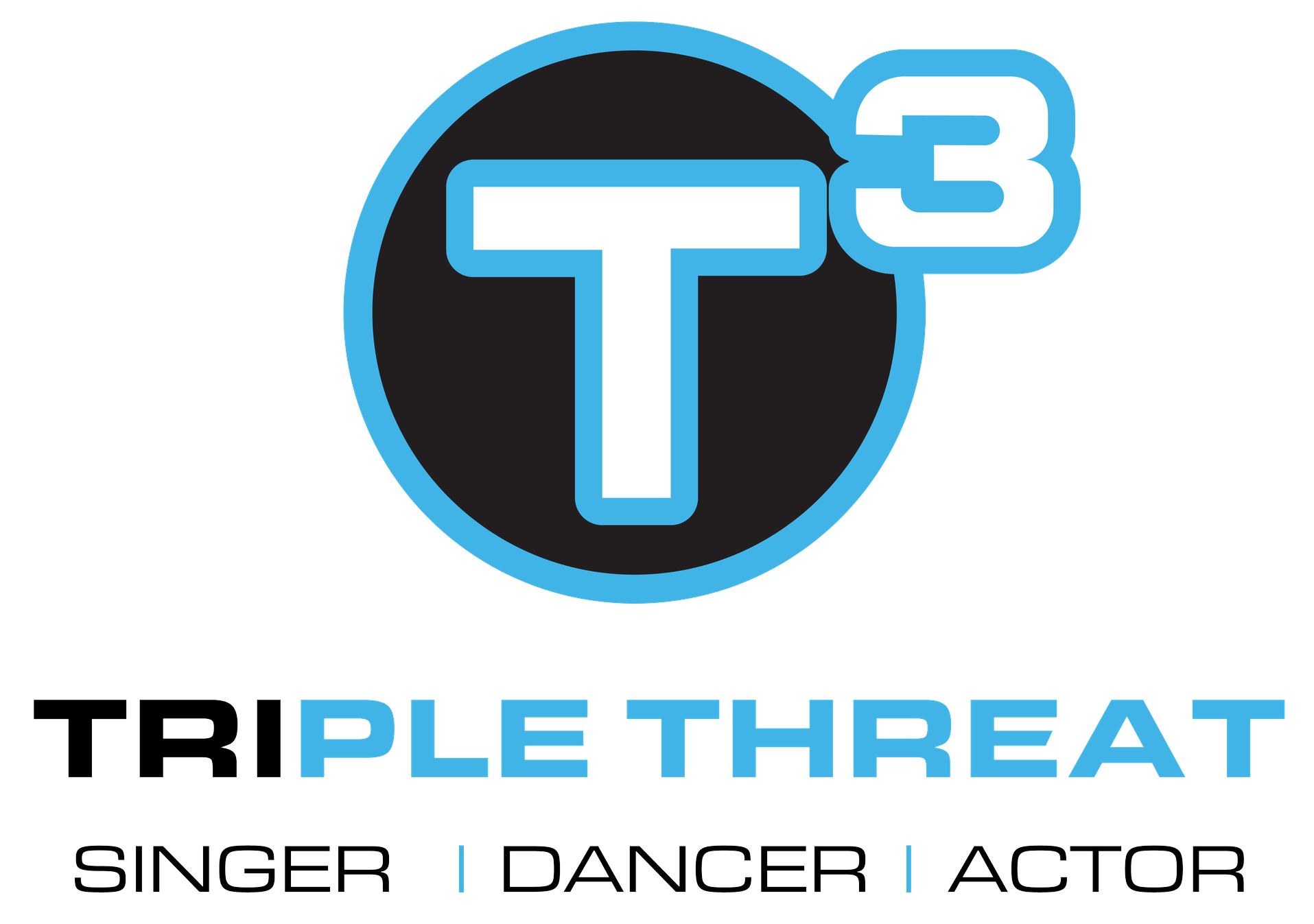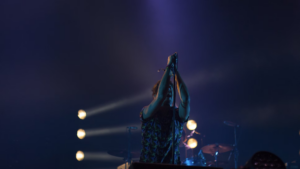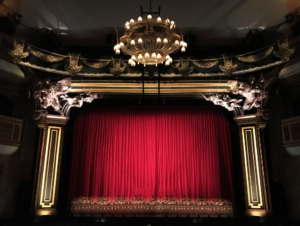
The concept of a “triple threat” in the entertainment industry refers to an individual who excels in three critical areas of performance: acting, singing, and dancing. Throughout the ages, triple threats have left an indelible mark on the entertainment world, captivating audiences with their multifaceted talents. This essay explores the evolution of triple threats, examining how their roles and influences have transformed over time.
I. The Golden Age of Hollywood (1920s-1950s):
The triple threat originated in Hollywood’s Golden Age, from the 1920s until the 1950s. Musical films helped transform the entertainment business at this time. Gene Kelly and Judy Garland were triple threats, acting, singing, and dancing well.
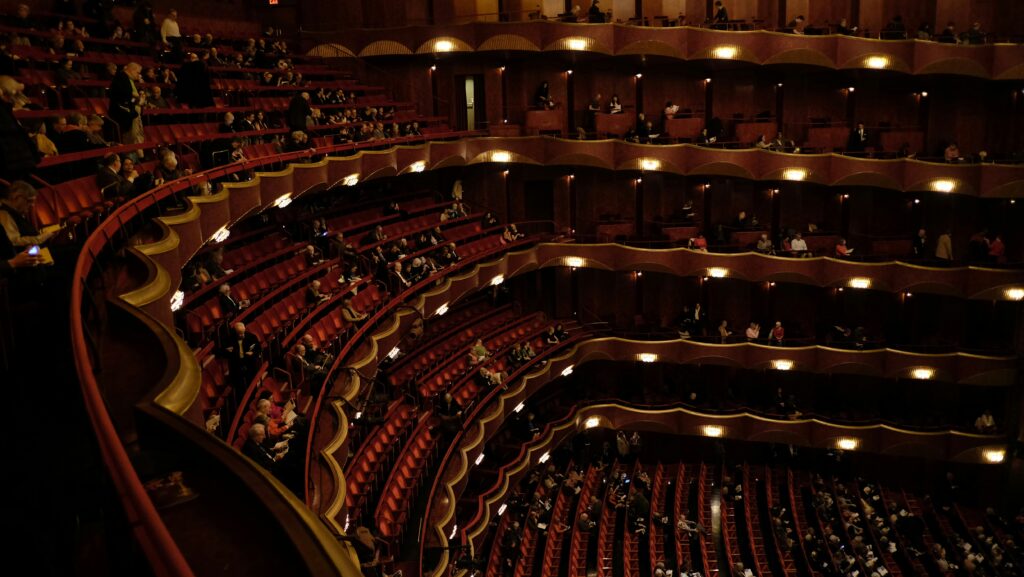
Gene Kelly, known for his charismatic performances in classics like “Singin’ in the Rain,” epitomized the Hollywood triple threat. His seamless integration of dance into storytelling set a standard for future generations. Kelly’s influence extended beyond the screen, inspiring a new wave of performers to embrace a multidisciplinary approach to their craft.
Judy Garland, another luminary of the era, demonstrated her triple-threat prowess in timeless films such as “The Wizard of Oz.” Garland’s emotive acting, powerful singing voice, and graceful dancing endeared her to audiences worldwide. Her ability to convey complex emotions through song and dance laid the groundwork for the evolving role of triple threats in the decades to come.
II. Broadway Renaissance (1960s-1980s):
As the influence of Hollywood waned, Broadway emerged as a fertile ground for triple threats to flourish. The 1960s to the 1980s marked a renaissance for musical theatre, with luminaries like Barbra Streisand and Joel Grey making their mark.

Celebrated for her versatile talents, Barbra Streisand seamlessly transitioned from stage to screen. Her Tony Award-winning Broadway debut in “Funny Girl” solidified her status as a triple threat. Streisand’s success signalled a shift in the industry, emphasizing the importance of actors possessing a diverse skill set.
Joel Grey, renowned for his iconic role as the Master of Ceremonies in “Cabaret,” embodied the essence of a triple threat. His ability to command the stage through acting, singing, and dance showcased the evolving expectations for theatre performers.
III. Television and Pop Culture Explosion (1990s-2000s):
The late 20th century witnessed a surge in triple threats transitioning from stage and screen to television and popular culture. Entertainers like Jennifer Lopez and Justin Timberlake became household names, leveraging their combined talents to dominate multiple facets of the entertainment landscape.
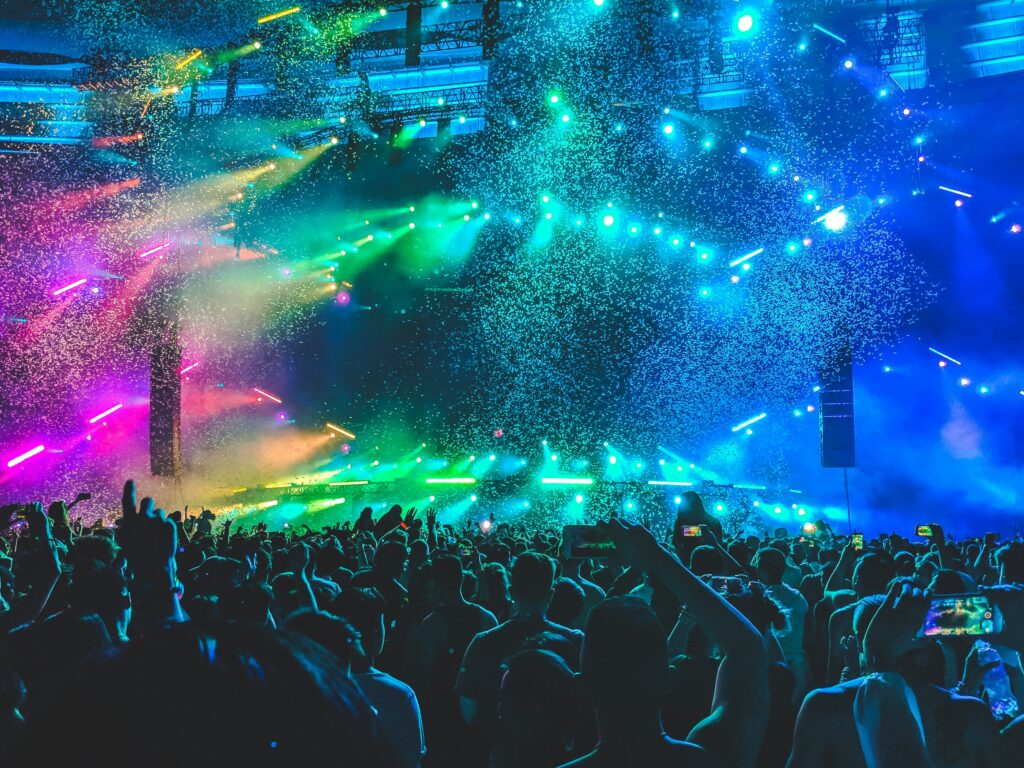
Jennifer Lopez, affectionately known as J.Lo, epitomized the modern triple threat. From her origins as a dancer on the TV show “In Living Color” to her chart-topping music career and acclaimed acting roles, Lopez’s versatility resonated with audiences. Her success underscored the increasing demand for entertainers who could excel in various forms of media.
Justin Timberlake, a former member of the boy band NSYNC, seamlessly transitioned into acting and solo music endeavors. Timberlake’s music, film, and television success showcased the fluidity of modern triple threats navigating different entertainment domains. His influence contributed to the blurring of traditional boundaries between these spheres.
IV. The Digital Age and Social Media (2010s-Present):
In the current era, the rise of social media and digital platforms has transformed the landscape for triple threats. Platforms like YouTube, TikTok, and Instagram provide aspiring artists with unprecedented opportunities to showcase their diverse talents, leading to the emergence of new-age triple threats.

Digital native Zendaya rose to fame on Disney Channel’s “Shake It Up” and HBO’s “Euphoria.” Zendaya is the modern triple threat, with a good acting career, a strong singing voice, and a social media presence. Her capacity to succeed in digital and conventional entertainment shows the triple threat’s growth in the 21st century.
Conclusion:
Triple threats have evolved significantly, adapting to changes in the entertainment industry and societal expectations. From the glitz and glamour of Hollywood’s Golden Age to the digital age’s democratization of talent through social media, the role of triple threats continues to shift and expand.
The enduring appeal of triple threats lies in their ability to captivate audiences across diverse platforms. As we look to the future, it is clear that the definition of a triple threat will continue to evolve, shaped by technological advancements, changing audience preferences, and the dynamic nature of the entertainment industry. The journey of triple threats through the ages is a testament to the resilience and adaptability of those who seamlessly blend acting, singing, and dancing to leave an indelible mark on the entertainment world.
